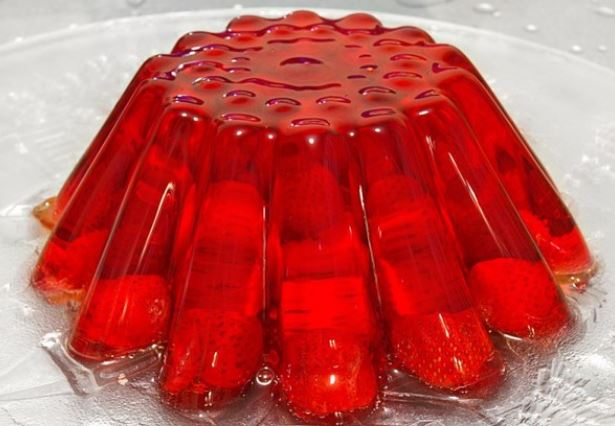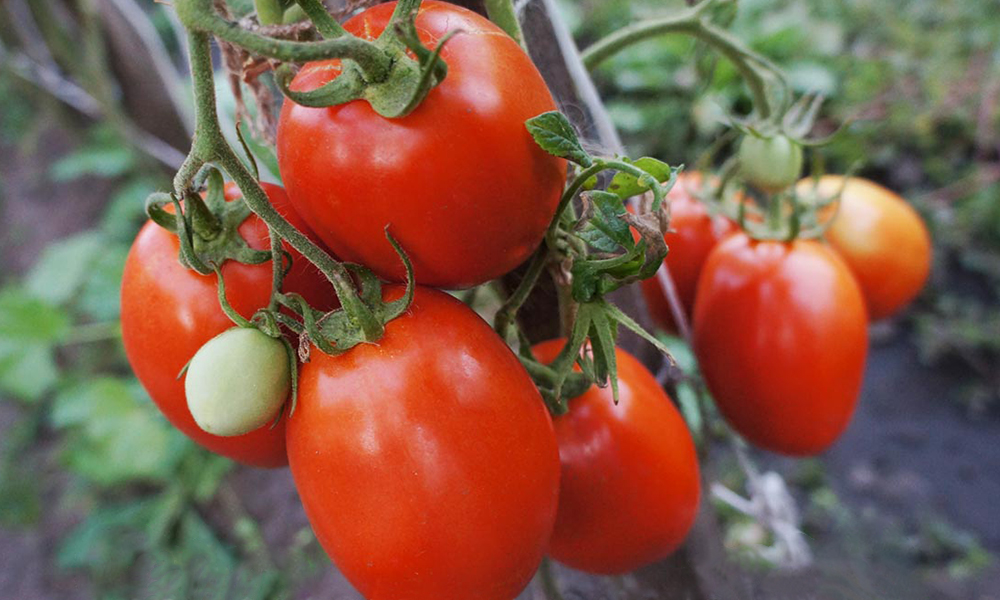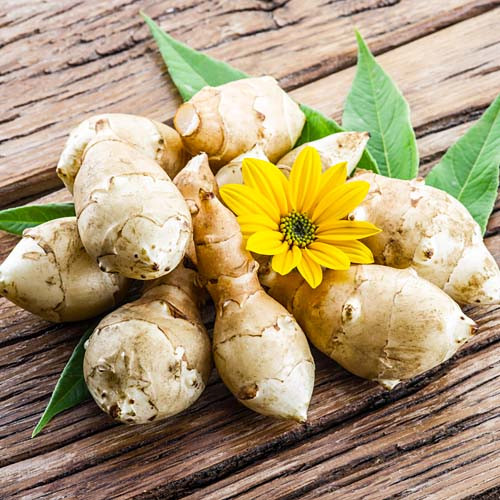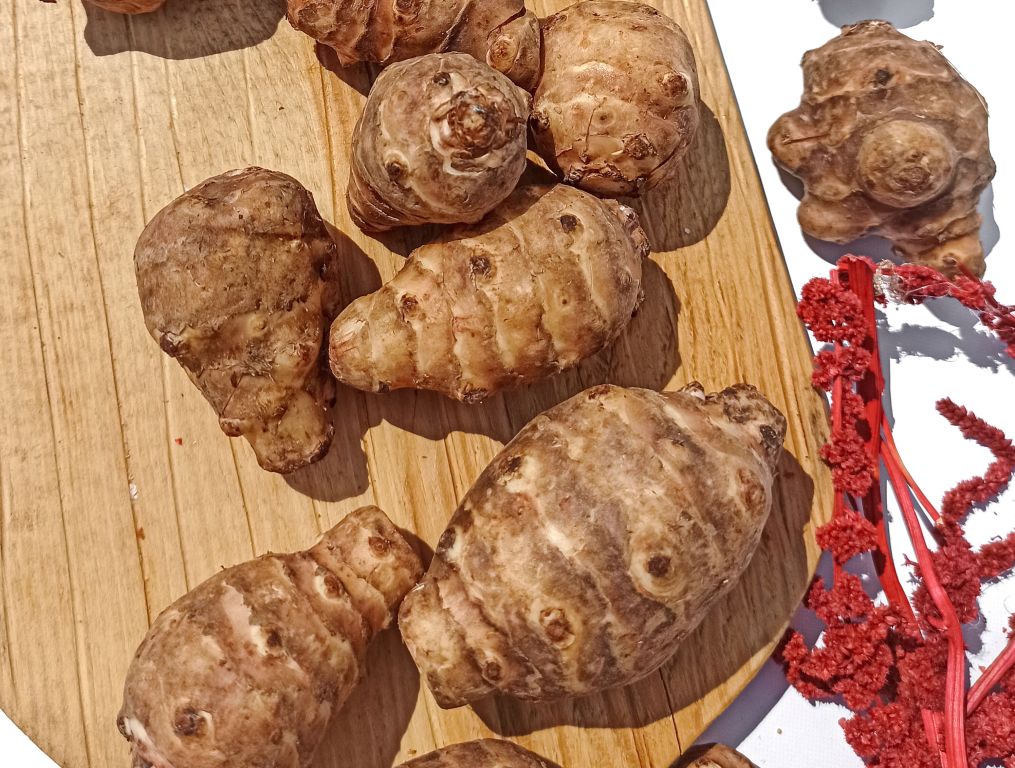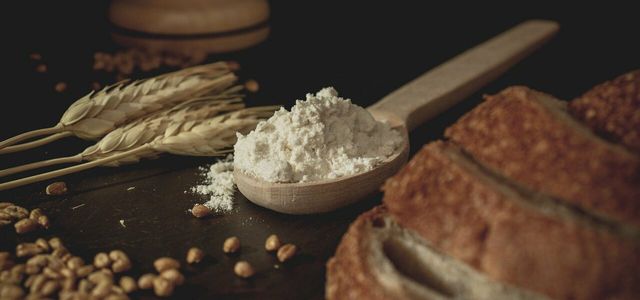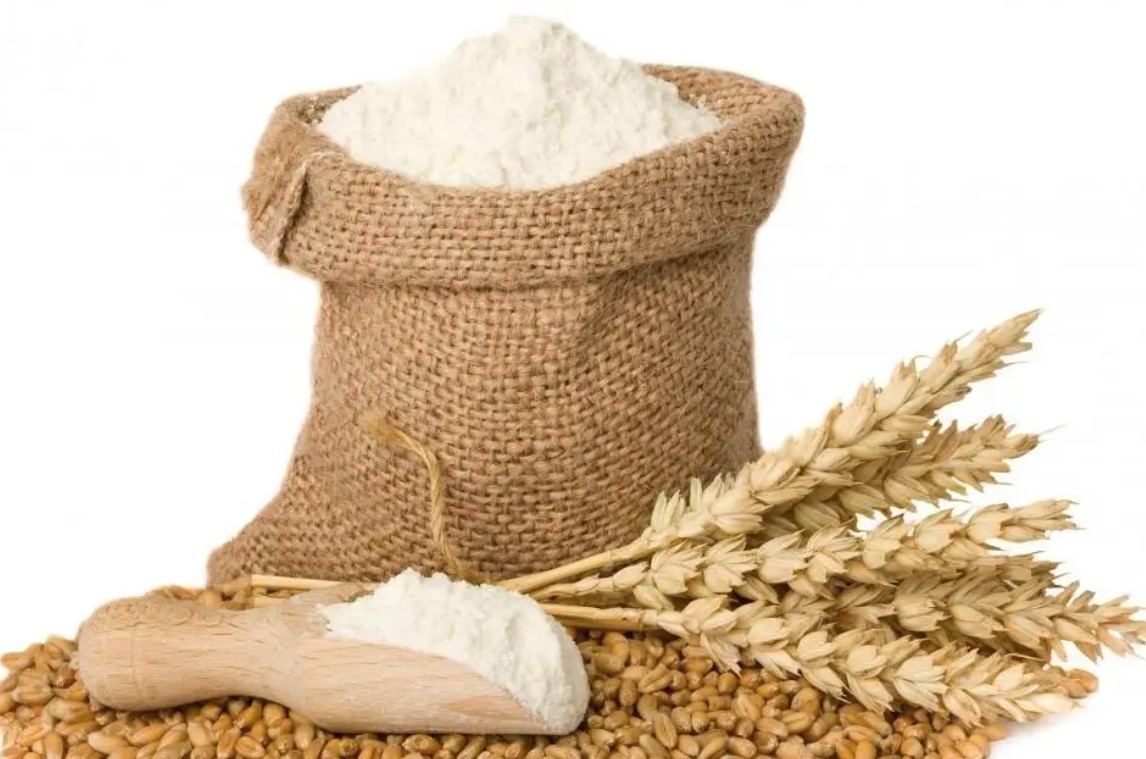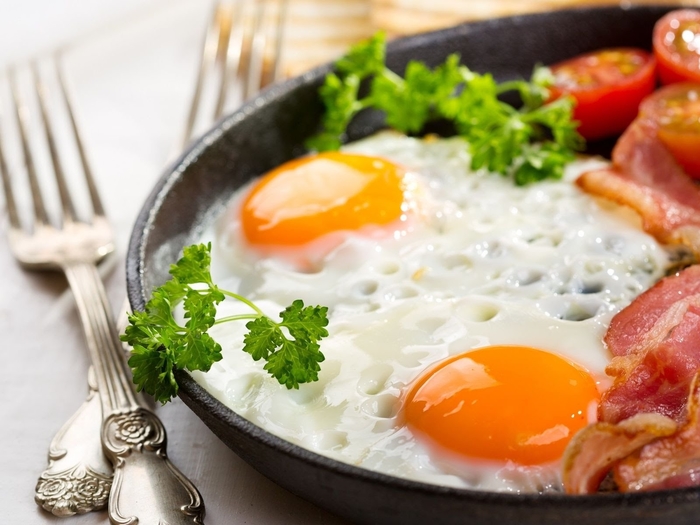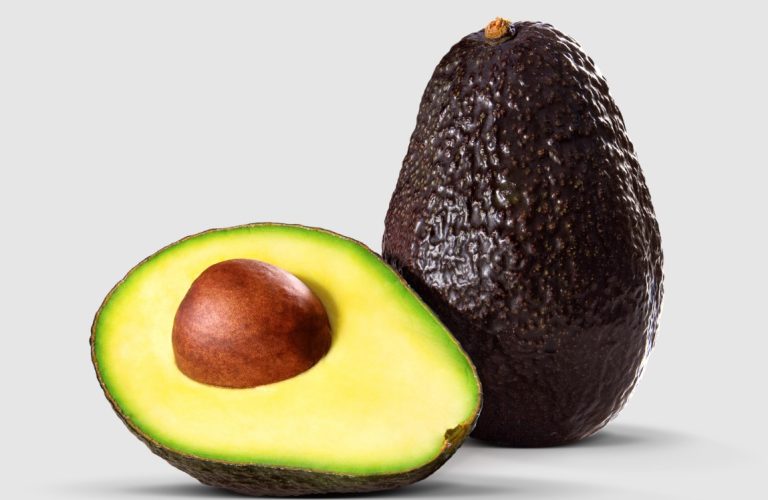If an avocado is brown on the inside, you don’t necessarily have to throw it away. In many cases, the delicious fruit is still edible. In this tip, we explain how to distinguish ripe avocados from spoiled ones.
Avocados are delicious, are rightly considered a healthy superfood and are becoming increasingly popular. However, the tropical fruits have a catch in addition to their bad ecological balance: It is not exactly easy to distinguish ripe or spoiled avocados from the outside – the surprise often only comes after cutting open. If you then find that the avocado is brown on the inside, you don’t have to throw it away right away. We explain how you can recognize a good avocado.
Avocado brown inside – still edible or spoiled?
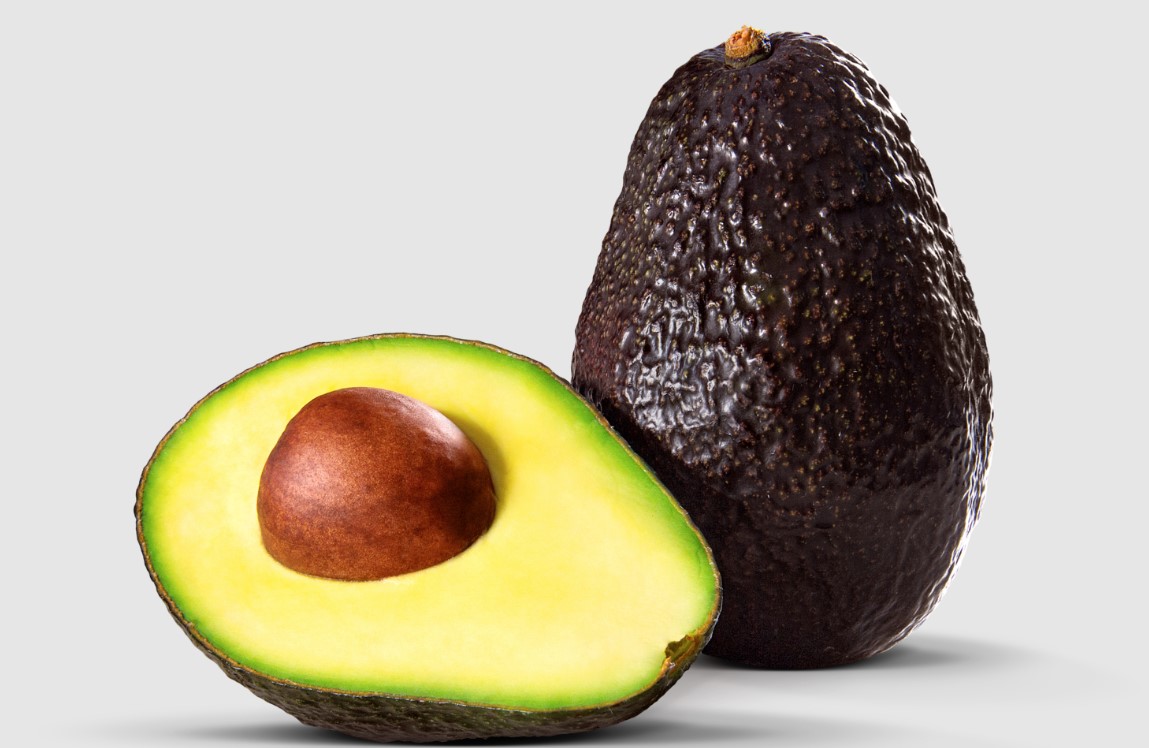
There are two reasons why avocados turn brown on the inside:
If you cut open an avocado and don’t use it right away, the flesh will turn brown over time. This is due to oxidation, which also causes the brown coloring of sliced apples. As a result, the avocado no longer looks as appetizing, but it is still edible. It is better to cut open avocados just before eating them. Alternatively, you can brush the cut surface with a little lemon juice to slow down the browning.
However, if the avocado is already brown on the inside when you cut it, it may no longer be edible. Below you will find out what you should pay attention to in this case.
If the avocado is brown on the inside, you should rely primarily on your senses and feelings. The following indicators will help you distinguish a ripe from a spoiled avocado:
If there is only a brown spot under the avocado skin, it is most likely a bruise. In this case, you can cut away the spot and still use the remaining fruit.
If the avocado only has one or two small brown spots inside, it’s still edible in many cases. Simply cut away the spots and use the remaining pulp.
However, if the flesh is streaked with brown spots or brown in several large areas, the avocado is no longer edible. In this case, you should discard the fruit.
The same applies if the fruit is very fibrous and has thin threads. Then the avocado is also no longer edible.
If you then have an unpleasant smell or taste or even moldy spots, you should definitely not eat the avocado anymore.
Caution: If the avocado has visible mold anywhere, you should definitely not eat it. It is then not enough to just cut away the moldy area, since the mycelium of the mold could have spread invisibly throughout the fruit.
Recognizing ripe avocados: you should pay attention to this
If you observe the following points, you can tell a spoiled avocado from a ripe one before you buy it and thus avoid food waste:
With the pressure test, you can see the degree of ripeness of an avocado from the outside: press lightly on the skin with the palm of your hand – an unripe avocado is hard, while a ripe avocado gives slightly. On the other hand, if it feels mushy or seems to have collapsed under the skin, the avocado is probably already bad. Attention: Don’t just do the pressure test with one finger but with the palm of your hand, otherwise the avocado will easily bruise.
Pay attention to the base of the stem: If the avocado is already brown here, it is probably already brown on the inside and no longer good. A better sign is if the avocado is still fresh and green at this point.
The color of the skin can also indicate a spoiled avocado: In the case of the most common type of avocado, ‘Hass’, it should be dark green or brown. If the skin is already black, the avocado is probably no longer good – especially if it feels a bit spongy. Other avocado varieties, such as the ‘Fuerte’, keep their green color even when they are already ripe.
Mold is always a clear indicator of a spoiled avocado. Even if the avocado only has a moldy spot on the outside, you shouldn’t buy it anymore.
Use unripe and overripe avocados
A sliced avocado should be light green to yellowish on the inside and pleasantly soft (see picture above). If the flesh is still hard, the avocado is not yet ripe and has not yet developed its delicious aroma:
Unripe avocados ripen within a few days at room temperature. This is even faster if you store the avocado near apples.
If you have already cut open the avocado and only then discovered the hard flesh, you can still let it ripen a bit. So that it doesn’t turn brown inside, you should brush the cut surface with a little lemon juice or olive oil, put the stone back in the middle and close the two avocado halves together again. So you can easily let the avocado sit for another day and ripen.
If an avocado is already very ripe and soft, you can no longer cut it into pieces and use it in a salad. Nevertheless, you can still conjure up delicious dishes from overripe but edible avocados:
Especially for homemade guacamole, avocados should be really ripe and soft anyway, as the flesh is crushed anyway. Our recipe shows you how to make the delicious dip yourself.
You can also use overripe avocados for other sauces, dressings and dips. Depending on the recipe, you can simply puree them with the other ingredients.
You can also use ripe avocados in smoothies. It is particularly tasty, for example, if you puree an avocado with two bananas, a heaping tablespoon of cocoa powder and, if necessary, some sweetener.
Buying avocados sustainably – buying tips
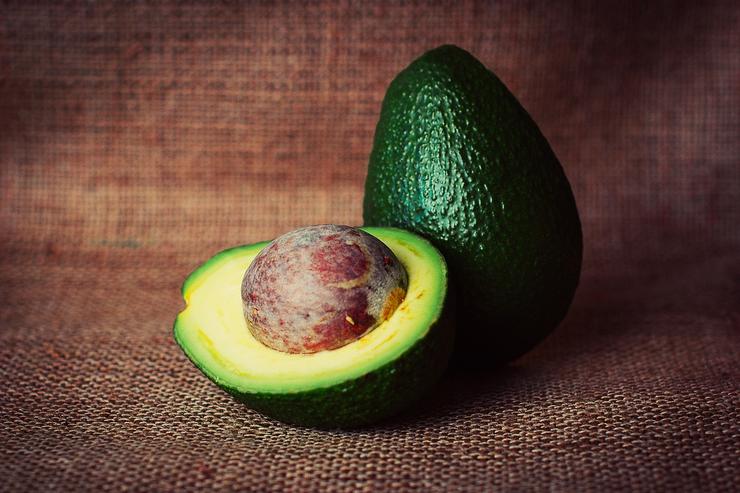
Avocados are rightly considered a healthy superfood: The tropical fruits are rich in unsaturated fatty acids and have a high content of B vitamins, vitamin A and vitamin E. They also provide several essential amino acids and minerals such as potassium and magnesium.
However, the avocado is not so brilliant in terms of its ecological balance: Most of the fruits come from Central and South America and have therefore been transported long distances in refrigerated containers. In addition, avocado trees need a lot of water: an estimated 1,000 liters of water are needed for one kilo of avocado – and the growing areas are usually already dry.
Organically farmed avocados have a better life cycle assessment than those from conventional farming that uses mineral fertilizers. In some supermarkets and health food stores you can also buy avocados from Spain, Portugal or Israel. This means that the delicious fruits have a significantly shorter transport route behind them.
Nevertheless: Even organic avocados from Spain have an immense ecological footprint and should therefore only be bought and used seldom. Instead of guacamole, you can also make pesto yourself from local ingredients, for example.




